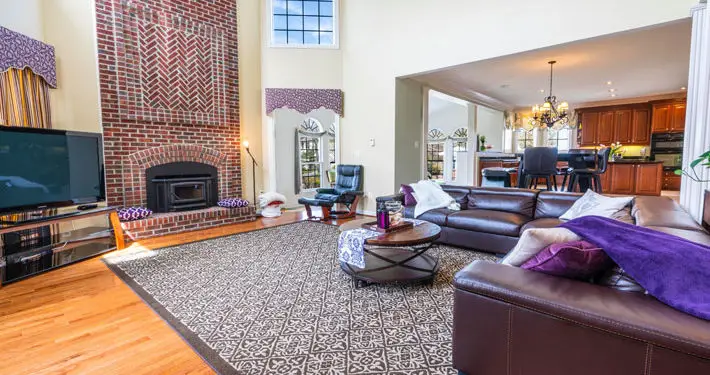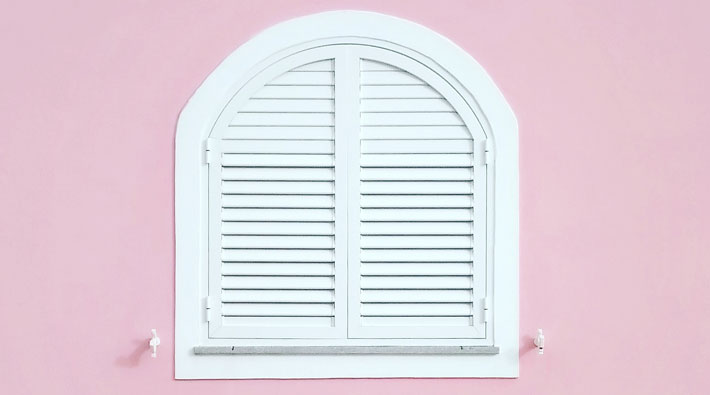How to Make the Most out of your Living Space

Improving the interior of your home needn’t be time-consuming or expensive. A few modest tweaks, additions or alterations here and there can make all the difference, and often it’s the small details that draw the eye and turn an ordinary room into a thing of beauty. There are also some basic principles that you can follow to make the most out of light, space and your surroundings.
Understanding the seven basic elements of interior design can go a long way in helping you get the best out of your home’s interior without spending a lot of money or wasting time on ideas that seem great at the time but for some reason just don’t work. Keep these principles in mind, plan ahead and you should be able to make any room live up to its full potential.
Space is the place
You can only work with what you’ve got, and the size and shape of a room should be the first things you consider when you’re deciding how to style it. Do you want to make a small room seem larger or a large room feel cosier and less imposing? Also think about what the room will be used for and what objects you will have to include through necessity.
Designers think in terms of positive space, that contains objects, and negative space, that doesn’t. They then try to strike the right balance between the two, so that a room doesn’t look either too cluttered or too sparse and empty. Do you want to go for a minimalist look or something busier, full of pieces that catch the eye?
Draw the line
There are three lines to consider in any room: horizontal, vertical and dynamic. These subtly guide the eye, giving shape through harmony and contrast. Each line has different qualities associated with it: decide which you want to dominate, but keep all three in balance.
The horizontal line is created by flat surfaces like tables and suggests formality and order. Over-emphasise it though and a room can seem boring and stuffy. The vertical line, created by doors, windows and bookcases or wardrobes, suggests freedom and strength, but can be imposing if overdone. Dynamic lines are curved or diagonal, and suggest energy and movement, however, too much can be chaotic and confusing.
Use vertical lines to make ceilings seem higher and horizontal lines to make a room seem longer or wider.
Good form
The room and the objects in it all have a form. These are geometric or natural, open or closed. Forms of similar shapes create harmony and balance. Consider the relationship between the proportions of the room and the object in it. One idea is to choose a dominant form and then repeat it subtly in smaller objects around the space.
Let there be light
Light, whether natural or artificial, is of crucial importance in a space. It sets mood and atmosphere, defines colour and texture, and is a feature in its own right. Think about the function of the room: does it need to be brightly lit for work, or can it be softer and more ambient? Make the most of natural light with white window shutters: not only will they let you control the amount of light you let into the room at different types of day but the white painted wood will reflect the sunlight around the space.
Colour psychology
Different colours have powerful effects on our mood. Pale blue and green are seen as calming, while red is energising and is often used in kitchens to stimulate appetite. Light, bright colours can make a room seem airy and spacious. When thinking about colour, consider what a room will be used for and how the lighting will interact with a given colour scheme, both day and night.
Types of texture
Texture, whether visual or actual, is one of the most powerful but overlooked features of interior design. That nagging feeling that something is missing can often be resolved by adding a new texture, in the form of furniture, accessories or fabric. To give a sense of depth and balance to a room mix up different textures, from smooth to rough, glossy to coarse, soft to hard.
Playing with pattern
Pattern is a form of visual texture and is generally created by repetitive design in the form of soft furnishings, rugs, carpets or wallpaper. Use sparingly and work alongside line and form to play up a traditional or contemporary aesthetic.
By applying these seven principles you should be able to bring the best out of any room. Think about the function of a space, the existing features and the kind of look you’d like. You’ll be amazed what a guiding hand can achieve, without breaking the bank.










